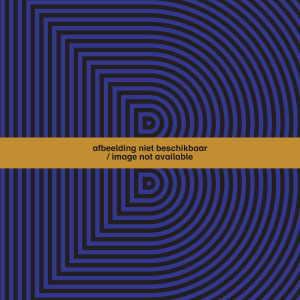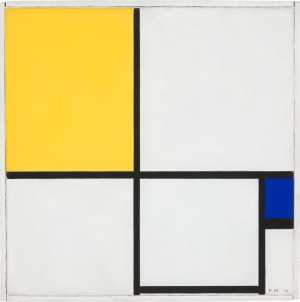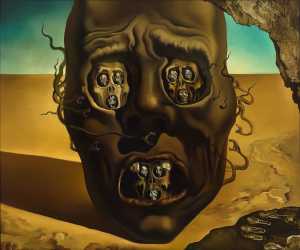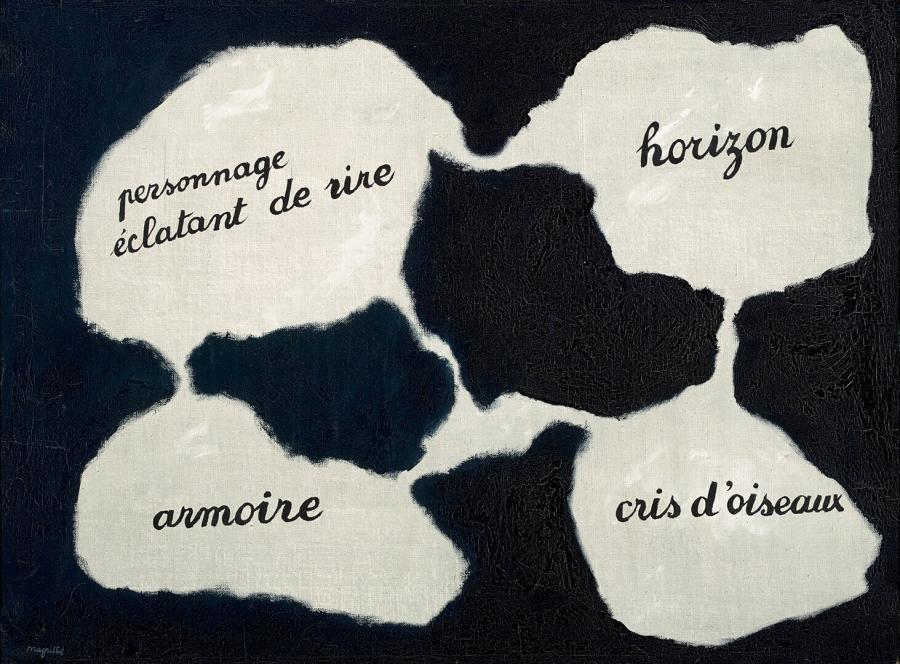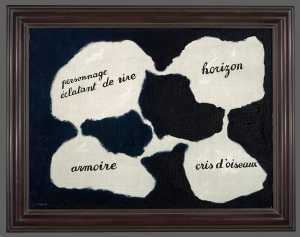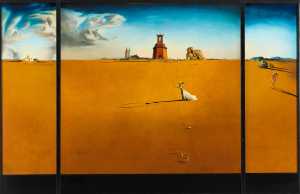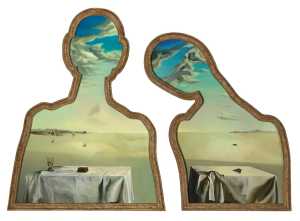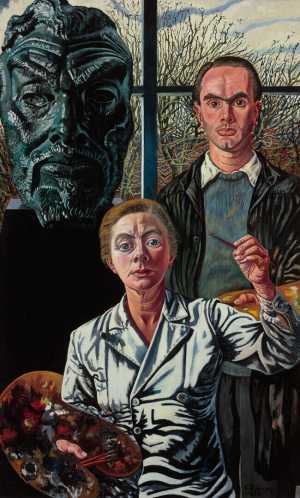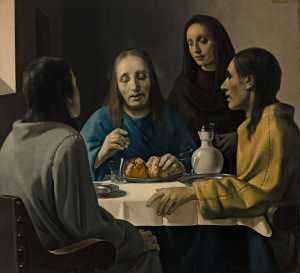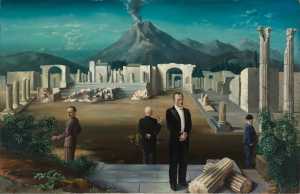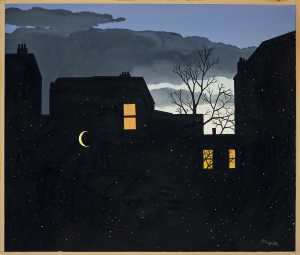Specifications
| Title | Le miroir vivant |
|---|---|
| Material and technique | Oil on canvas |
| Object type |
Painting
> Painting
> Two-dimensional object
> Art object
|
| Location | This object is in storage |
| Dimensions |
Height 54,4 cm Width 73 cm Depth 1,8 cm |
|---|---|
| Artists |
Artist:
René Magritte
|
| Accession number | 3825 (MK) |
| Credits | Purchased with the support of Stichting Museum Boijmans Van Beuningen , Rembrandt Association (thanks to its Dura Kunstfonds), Mondriaan Fund, Stichting Fonds Willem van Rede, Cultuurfonds (thanks to its Breeman Talle Fund), VriendenLoterij, and private individuals, 2015 |
| Department | Modern Art |
| Acquisition date | 2015 |
| Creation date | in 1928 |
| Collector | Collector / W. van Rede |
| Provenance | Galerie Le Centaure, Brussels; E.L.T. Mesens, London 1932; private collection, Brussels 1967; Vedovi Gallery, Brussels 2015 |
| Exhibitions | New York 1954; London 1966; Hanover/Zurich 1969; Edinburgh/Kongens Lyngby 1971; Bordeaux 1977; London 1978; Brussels/Paris 1978-79; Lausanne/Munich 1987-88; Rotterdam 1996a; Brussels 1998; New York/Houston/Chicago 2013-14; Rotterdam 2015-16; Rotterdam 2017b |
| Internal exhibitions |
De collectie als tijdmachine (2017) Collectie - surrealisme (2017) |
| External exhibitions |
Only the Marvelous is Beautiful (2022) Surrealist Art - Masterpieces from Museum Boijmans Van Beuningen (2021) A Surreal Shock – Masterpieces from Museum Boijmans Van Beuningen (2021) Als kunst je lief is (2018) A Surreal Shock. Masterpieces from Museum Boijmans Van Beuningen (2023) Dalí, Magritte, Man Ray and Surrealism. Highlights from Museum Boijmans Van Beuningen (2023) |
| Research |
Show research A dream collection - Surrealism in Museum Boijmans Van Beuningen |
| Literature | Brussels 1978, p. 60, cat. no. 83; Sylvester 1992b, p. 325, cat. no. 295; Brussels 1998, p. 240; Roudaut 2003, p. 35; New York/Houston/Chicago 2013-14, p. 77 |
| Material | |
| Object |



